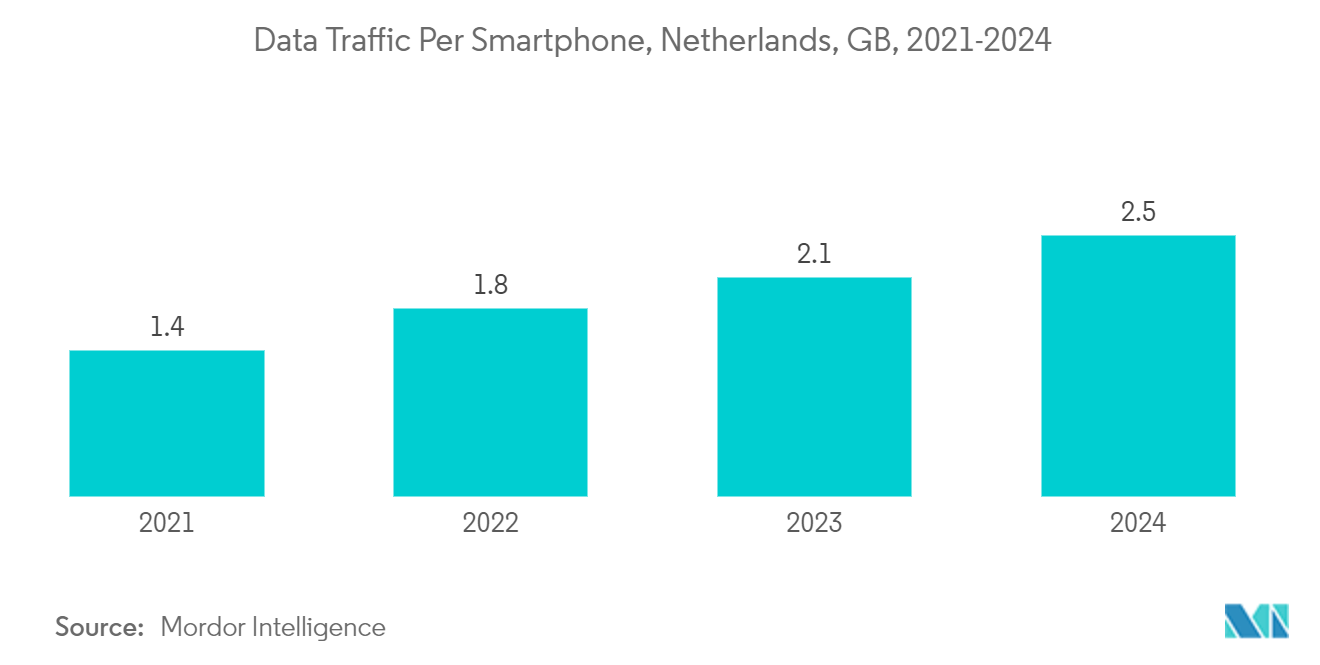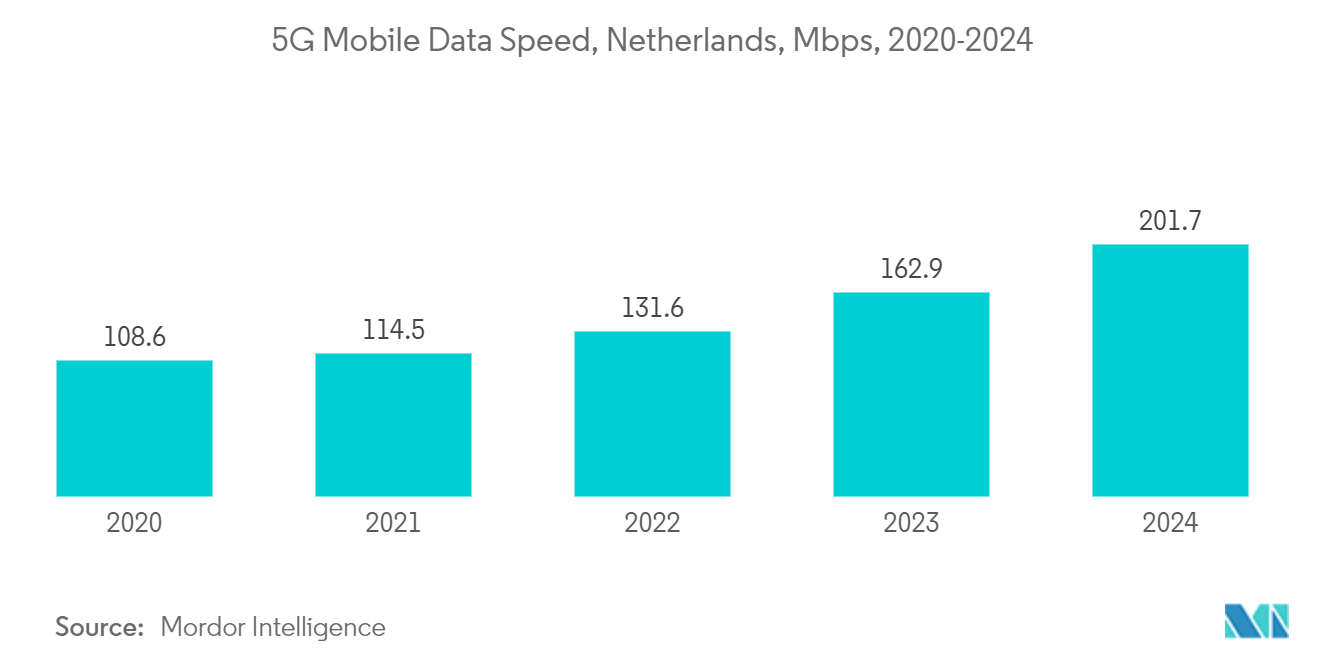Market Trends of Netherlands Data Center Cooling Industry
IT & Telecommunication Segment holds the Major Share
- The growing demand for affordable data backup, storage, and protection, as well as the need to manage data from the surge in mobile technology usage, cloud storage is witnessing significant growth in the Netherlands.
- The government revised the National Cloud Policy to acknowledge the improved security of public cloud services and the simplified software troubleshooting enabled by mass deployment of updates and patches. Governments are also actively promoting public cloud services and updating regulations to support this growth.
- Hyperscalers like AWS, Azure, and Google Cloud are forging new partnerships with public sector entities and on-premises cloud providers, such as KPN, which offers Azure and AWS services. The Dutch government's actions underscore the cloud's maturity in the nation, highlighting its applicability across diverse government-related scenarios. This indicates an uptick in data center rack utilization.
- Telecom's rollout of 5G is set to enhance data traffic speeds. The country's 3.5GHz (5G) rollout is on track for completion by 2026. By 2030, coverage of the 3.5GHz 5G network is projected to reach 60% of the Dutch population, a significant increase from 33% in 2023. This expansion is likely to boost the popularity of Video on Demand (VOD) services. As a result, the growing demand for data centers in the market is anticipated to drive an increased need for manufacturers of data center cooling infrastructure in the coming years.

Liquid-based Cooling is the Fastest-growing Segment
- In 2024, the Netherlands data center market is experiencing a significant influx of investments. Notably, Google is channeling EURO 600 million (equivalent to USD 640.62 million) into establishing a new data center in Groningen, a city in the Netherlands. This uptick in investments not only paves the way for the establishment of more data centers but also amplifies the demand for data center cooling equipment in the market.
- Data center operators are increasingly turning to liquid cooling technology to reduce power consumption. For example, in 2024, Switch Datacenters, a prominent developer and operator of sustainable data centers, unveiled its latest facility, AMS4. This 15-18 MW facility emphasizes modular design, sustainability, and robustness, bolstering local capabilities. AMS4's closed-loop cooling system not only minimizes water consumption but also enhances efficiency. Operating entirely on green power, AMS4 utilizes heat capture technology. The heat, generated without fossil fuels, is intended for a new municipal heat grid in Diemen, potentially serving thousands of households. These initiatives address the growing demands for data center cooling.
- Moreover, the government is poised to increase investments in pioneering fields like quantum computing, artificial intelligence, and applications leveraging 5G and 6G technologies. With an ambition to achieve comprehensive 5G coverage, the government scheduled a 5G spectrum auction for 2023. These initiatives are anticipated to bolster the growth and demand for data processing facilities within the telecom sector, subsequently driving up the need for DC cooling infrastructure in the nation.


